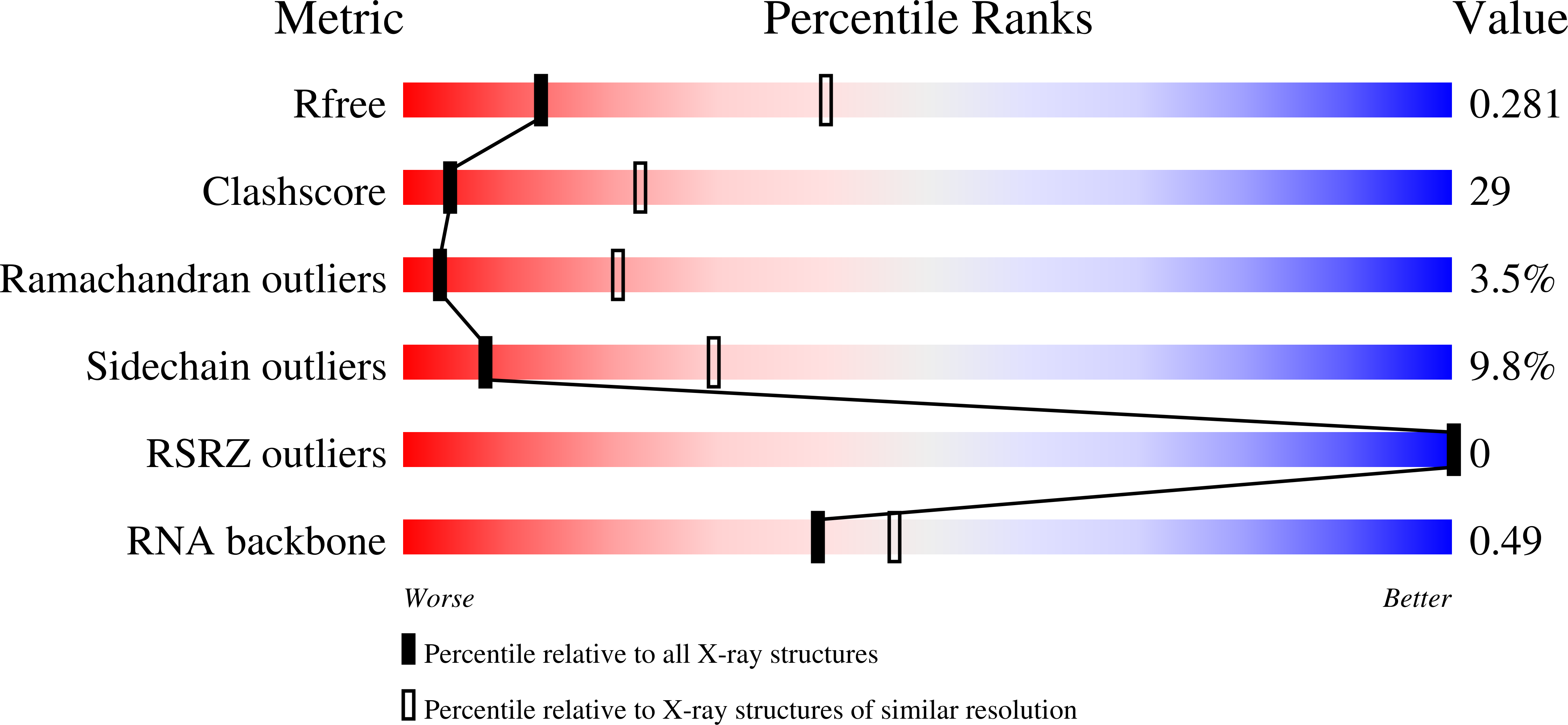
Deposition Date
2009-09-24
Release Date
2009-12-22
Last Version Date
2024-02-21
Entry Detail
PDB ID:
3K0J
Keywords:
Title:
Crystal structure of the E. coli ThiM riboswitch in complex with thiamine pyrophosphate and the U1A crystallization module
Biological Source:
Source Organism:
Homo sapiens (Taxon ID: 9606)
Host Organism:
Method Details:
Experimental Method:
Resolution:
3.10 Å
R-Value Free:
0.27
R-Value Work:
0.19
R-Value Observed:
0.19
Space Group:
P 1 21 1


